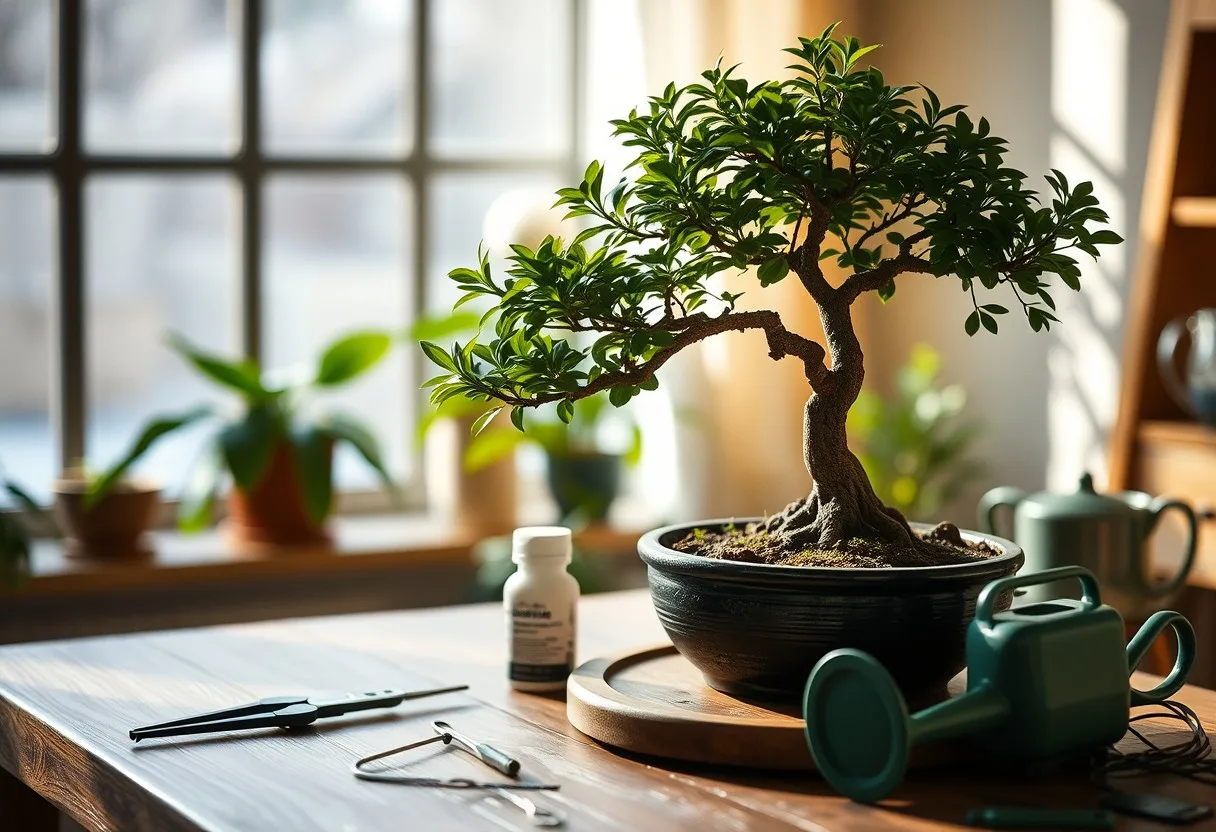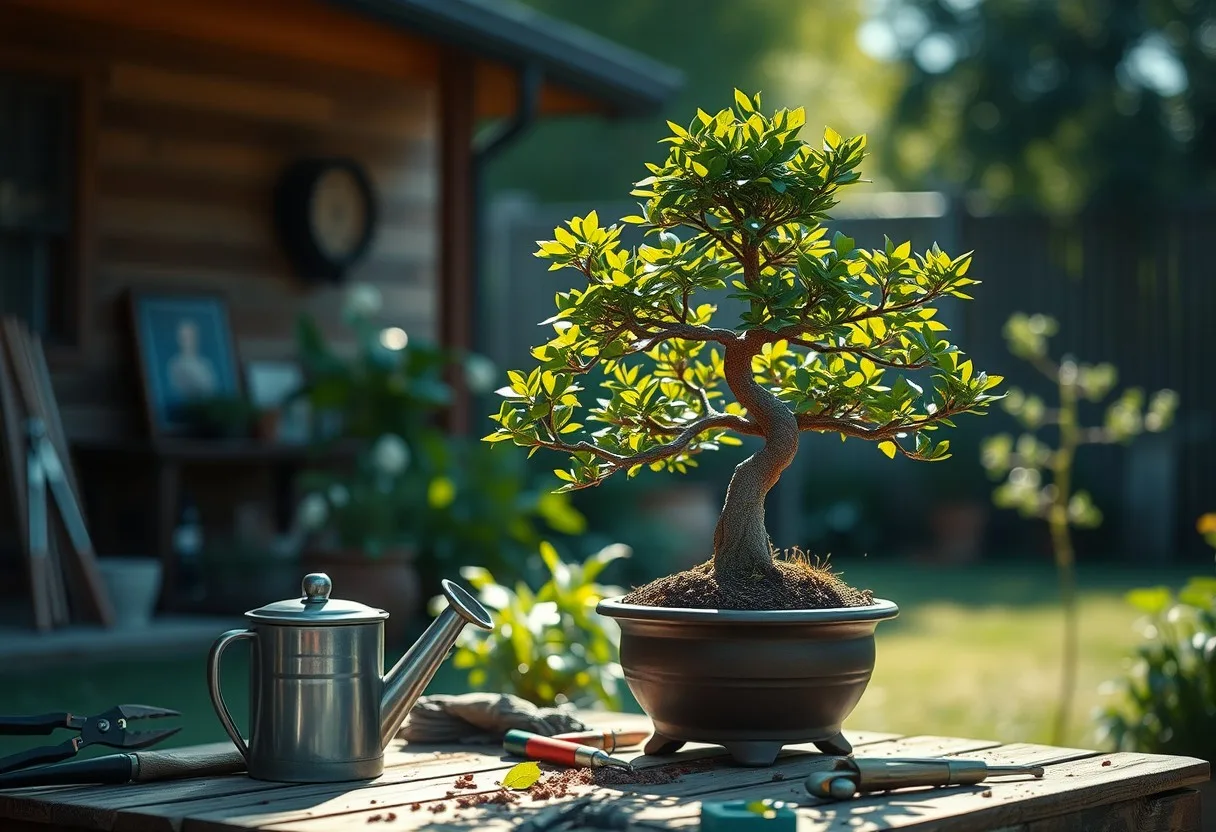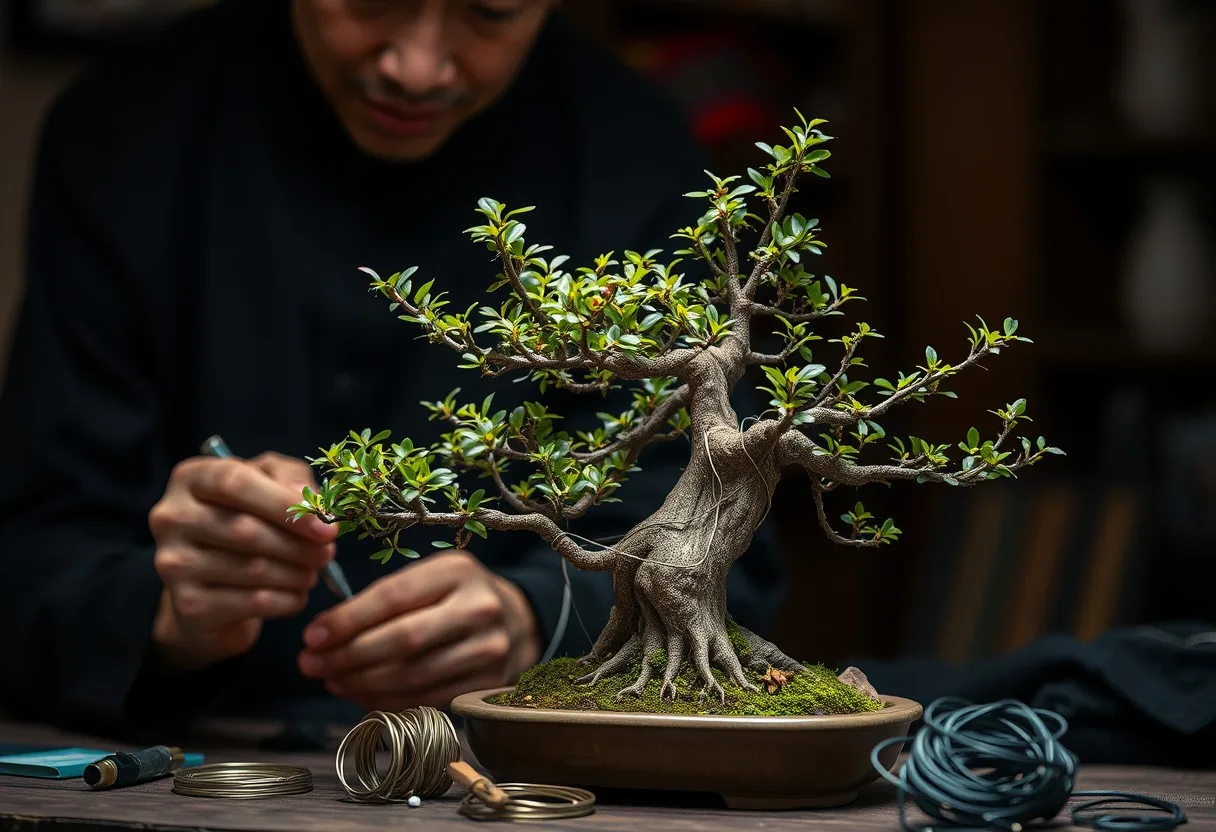Over time, understanding your Bonsai tree’s sunlight requirements is crucial for its health and growth. This complete guide will help you realize that these delicate plants thrive best in bright, indirect sunlight, while too much direct exposure can lead to leaf scorching. You will learn how to position your Bonsai for optimal light, how seasonal changes affect its needs, and the difference between indoor and outdoor growth conditions. By following these guidelines, you can ensure your Bonsai remains vibrant and flourishing.

Types of Bonsai Trees
A variety of Bonsai trees exist, each with unique characteristics and care needs. Understanding these types can help you choose the perfect one for your home or garden. Here is a breakdown of some popular types of Bonsai trees:
| Type of Bonsai | Description |
|---|---|
| Ficus | A hardy indoor variety, known for its shiny leaves and resilience. |
| Pine | Classic outdoor Bonsai, exhibiting rugged beauty and amazing longevity. |
| Maple | Beautiful foliage that changes color with the seasons, ideal for outdoor settings. |
| Flowering Bonsai | Features stunning blooms, making them a visually captivating choice. |
| Juniper | A popular choice for outdoor Bonsai, known for its twisting branches. |
Recognizing the distinct needs and appearances of these types will aid you in selecting a Bonsai tree that best suits your environment and personal preferences.
Indoor Bonsai
Now, if you are considering indoor Bonsai, Ficus trees tend to be the most popular choice. They thrive in low light and adapt well to indoor environments. Always ensure they receive adequate bright, indirect sunlight for healthy growth.
Outdoor Bonsai
Little do many know, outdoor Bonsai trees like Pines and Maples require more attention, especially during extreme weather. They benefit from 4-6 hours of bright sunlight daily to flourish. Make sure to position them appropriately to prevent overheating in the summer.
Plus, during the summer months, outdoor Bonsai may need some shade during the hottest part of the day to avoid leaf scorching. Check the soil moisture regularly, as the exposure to natural elements can lead to faster drying, requiring diligent watering to keep your Bonsai healthy.
Flowering Bonsai
Even more captivating are flowering Bonsai, which produce beautiful blossoms throughout the growing season. These trees can significantly enhance your space, adding color and charm to your collection.
As a bonus, flowering Bonsai often require similar light conditions to other types, needing about 4-6 hours of bright, indirect sunlight. With proper care, they’re sure to impress with their delightful flowers that bloom at various times of the year.
Foliage Bonsai
Bonsai foliage varieties, such as Ficus and Maple, are treasured for their lush greenery and stunning leaf shapes. These types add visual interest to your indoor or outdoor scenes.
It is crucial to monitor light exposure for foliage Bonsai, ensuring they receive adequate but not excessive sunlight to prevent leave burn. These trees look beautiful and promote a sense of tranquility in your home or garden.

Sunlight Requirements
Some bonsai trees can thrive indoors or outdoors, but understanding their specific sunlight requirements is vital for their health and well-being.
Light Intensity
The right light intensity is crucial for bonsai trees. They generally need about 4–6 hours of bright, indirect sunlight each day. Excessive direct sunlight, particularly during the hottest parts of the day, can lead to leaf scorching and brown edges, impacting the overall health of your tree.
Direction of Sunlight
Light direction plays a significant role in your bonsai’s growth. It’s best to position your bonsai in a north-facing or east-facing location, allowing it to bask in the gentler morning or evening sun, reducing the risk of overheating and moisture loss.
Another factor to keep in mind is that the angle and intensity of sunlight can vary widely depending on the season. Therefore, observing how your bonsai reacts to sunlight throughout the year will help you adjust its placement effectively, ensuring it receives optimal light exposure.
Seasonal Changes
Requirements for your bonsai can change with the seasons. During winter, shorter days and lower sun angles may necessitate supplemental artificial lighting to ensure your tree gets enough light for healthy growth.
Understanding seasonal changes is vital; in winter months, if your bonsai struggles with inadequate light, you may notice its leaves begin to yellow or drop. In contrast, during summer, extended periods of intense sunlight call for protective measures, like providing shade during peak hours to prevent leaf scorch and sustain vigor.
Tips for Optimal Sunlight Exposure
Many Bonsai enthusiasts often struggle with providing the right sunlight exposure for their trees. To ensure your Bonsai thrives, consider these crucial tips for optimal sunlight conditions:
- Place your Bonsai tree in a location that receives 4-6 hours of bright, indirect sunlight daily.
- Avoid direct sunlight during the hottest part of the day to prevent leaf scorching.
- Monitor the seasonal changes in sunlight availability and adjust accordingly.
- Indoor Bonsai may need optimal lighting from a south-facing window.
- Be prepared to provide shade during the summer to protect your Bonsai.
Thou will ensure your Bonsai tree remains vibrant and healthy by following these tips.
Monitoring Light Conditions
There’s no substitute for regularly checking your Bonsai’s light conditions. Keep an eye on its foliage; signs of stress, such as yellowing leaves, may indicate that your tree is either getting too much or not enough sunlight. Evaluate its location throughout the seasons to ensure optimal exposure.
Adjusting Placement
Monitoring your Bonsai’s placement is crucial for its overall health. If you notice adverse effects due to light intensity, be ready to move your tree to a different location that offers better exposure, such as a brighter room or an outdoor spot with indirect light.
Exposure to the right amount of sunlight is vital for your Bonsai’s growth. Regularly assess the surrounding environment and, if necessary, reposition your tree. A north-facing or east-facing location is often best for achieving desired light levels, especially to catch morning sunlight while avoiding harsh afternoon rays.
Supplemental Lighting Options
Lighting plays a critical role when natural sunlight is insufficient, especially during the winter months. If your Bonsai tree struggles to receive adequate light, consider using grow lights to supplement its needs.
Options for supplemental lighting include LED grow lights or fluorescent tubes, which replicate natural sunlight’s spectrum. Aim to provide 12-14 hours of light daily if you resort to artificial options. While these additions can promote healthy growth, avoid positioning lights too close to your Bonsai to prevent burning the leaves.

Factors Affecting Sunlight Needs
Not all Bonsai trees share the same sunlight requirements. Understanding the factors that influence these needs can help you provide the best possible care for your tree.
- Tree Species
- Climate and Environment
- Potting and Soil Conditions
Tree Species
You should know that different Bonsai species have varying sunlight requirements. For instance, tropical species may thrive better in higher light conditions compared to temperate species, which often prefer indirect sunlight.
Climate and Environment
Needs can differ significantly based on your local climate. For example, Bonsai trees in hot, dry climates may require more frequent watering and may need some protection from the harshest midday sun.
Sunlight exposure influences not just your Bonsai’s growth but also its overall health. During the summer months, when sunlight is intense, it’s necessary to monitor your tree closely and provide shade during peak hours to avoid the risk of leaf scorching. Conversely, in winter, shorter days may necessitate artificial lighting to supplement natural light, ensuring your Bonsai receives the 4-6 hours of adequate light it requires.
Potting and Soil Conditions
On top of that, the type of potting and soil conditions can affect how well your Bonsai absorbs sunlight. Dark, dense soil can retain heat and moisture, which may impact how roots interact with light.
Factors such as pot size and soil composition play a crucial role in how your Bonsai functions. A pot that drains well allows for optimal root health, ensuring that your tree can absorb nutrients and water effectively while maintaining overall vigor. Inadequate drainage can lead to root rot, which diminishes your tree’s capacity to thrive under sunlight. Thou, with proper care and monitoring, your Bonsai can flourish beautifully over time.
Pros and Cons of Sunlight Exposure
Your Bonsai’s health can be greatly influenced by its exposure to sunlight. Understanding the benefits and drawbacks of sunlight exposure will help you create the optimal conditions for your tree. Below is a breakdown of the pros and cons of sunlight exposure for your Bonsai:
| Pros | Cons |
| Encourages healthy growth and vibrant foliage. | Excessive direct sunlight can scorch leaves. |
| Improves overall vitality and resilience. | Can cause yellowing of leaves if light is insufficient. |
| Allows for better flowering and fruiting in certain species. | Positioning issues may lead to uneven growth. |
| Enhances the aesthetic appeal of your Bonsai. | Shifts in seasonal sunlight can complicate care. |
| Can be adjusted easily with indoor and outdoor arrangements. | Indoor Bonsai may require more intense lighting. |
| Increases photosynthesis rates, promoting healthy roots. | Requires regular monitoring to prevent damage. |
| Encourages strong branching and structure. | Shade is imperative during peak sun hours in summer. |
| Supports overall bonsai aesthetics and form. | Overexposure can lead to dehydration. |
| Facilitates better nutrient absorption through leaves. | Can lead to insects or pests seeking shelter in stressed trees. |
| Improves air circulation and reduces mold risks. | Requires adjustments during seasonal transitions. |
Benefits of Adequate Sunlight
While providing your Bonsai with adequate sunlight, you promote robust growth and development. Proper light levels instigate healthy photosynthesis, resulting in lush, vibrant leaves that enhance the overall appearance of your tree. Ultimately, ensuring your Bonsai receives the right amount of sunlight leads to improved vitality and stronger resistance to diseases.
Risks of Excessive Sunlight
Even though sunlight is vital for your Bonsai’s health, excessive exposure can have detrimental effects. Too much direct sunlight can cause severe leaf scorching, resulting in unsightly brown patches and potentially permanent damage to your tree.
With excessive sunlight, the leaves of your Bonsai may become scorched, exhibiting browning edges or an overall dry, brittle appearance. Additionally, prolonged exposure can lead to increased water loss, causing your tree to dehydrate quickly. This situation requires immediate attention, as failure to respond can severely compromise your Bonsai’s health and longevity. Regularly monitoring your Bonsai’s condition and adjusting its position can help mitigate these risks.
Final Words
Upon reflecting on the key points regarding Bonsai sunlight requirements, it is vital for you to provide your Bonsai tree with bright, indirect sunlight for optimal growth. Regularly monitor your tree’s condition—adjusting its position according to seasonal changes and potential scorching from direct sunlight will help ensure its health. By understanding and meeting these sunlight needs, you can nurture a thriving Bonsai that brings beauty and tranquility to your space for years to come.








